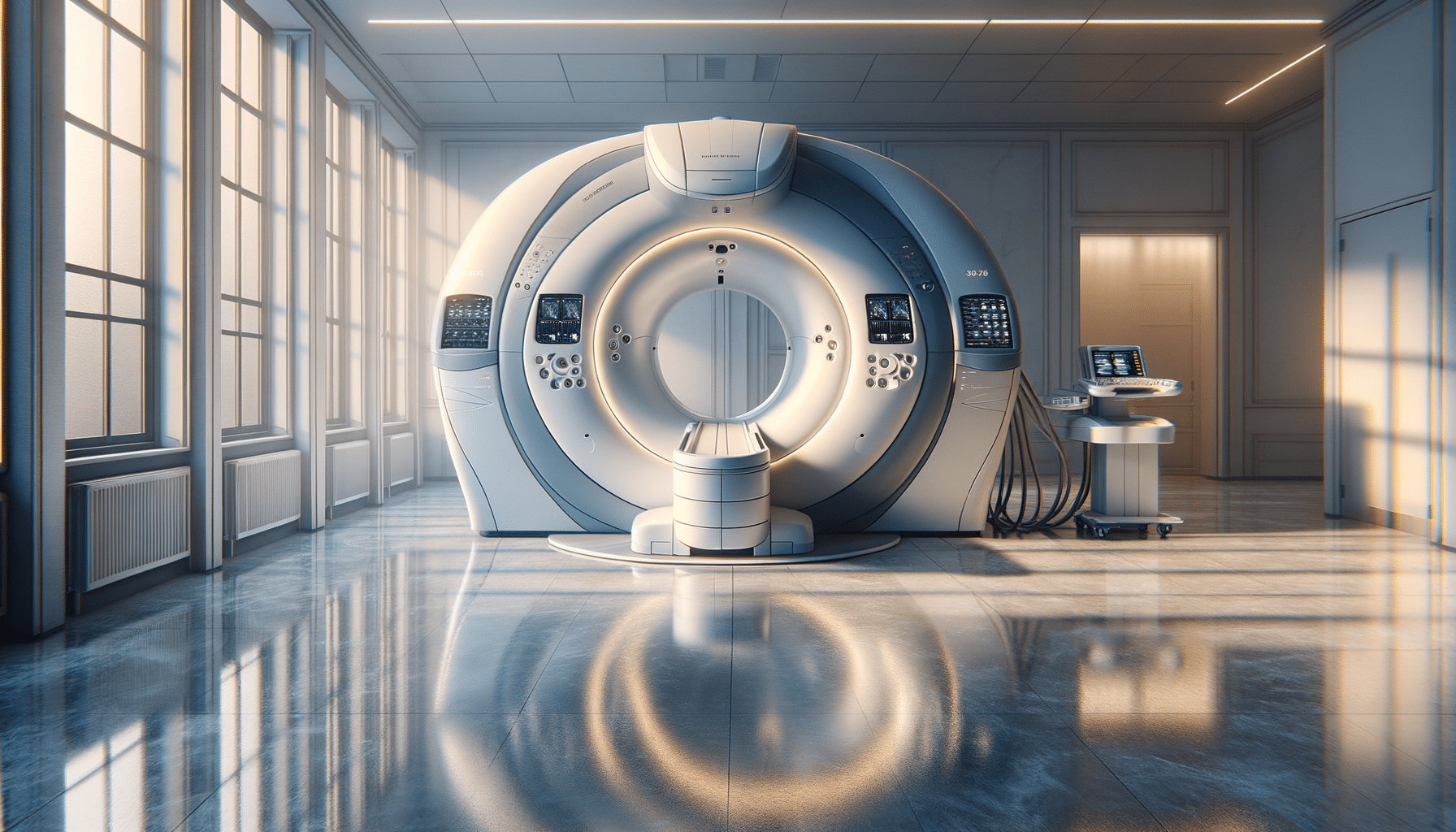
Think Your Heart’s Fine? These Tests Catch Problems Before You Feel Them
Introduction: The Subtle Signs of Heart Failure
Heart failure is a serious condition that affects millions worldwide, often sneaking up on individuals without warning. While many may not experience noticeable symptoms until the condition has progressed, early detection can make a significant difference in management and outcomes. Recognizing the early signs and leveraging modern diagnostic tools can be life-saving.
Understanding Early Signs of Heart Failure
Early detection of heart failure is crucial, yet its symptoms can be easily mistaken for less severe conditions. Some subtle indicators include:
- Fatigue and weakness that persist despite rest.
- Shortness of breath, especially during physical activity or when lying down.
- Swelling in the legs, ankles, or feet due to fluid retention.
- Rapid or irregular heartbeat, which may feel like a fluttering in the chest.
- Persistent cough or wheezing with white or pink blood-tinged phlegm.
These symptoms occur because the heart is struggling to pump blood efficiently, leading to a backlog in the circulatory system. It’s important to consult a healthcare provider if these signs are noticed, as early intervention can slow progression and improve quality of life.
Modern Scans: Catching Heart Risks Early
Advancements in medical imaging have revolutionized the way we detect heart conditions. Modern scans like echocardiograms, CT scans, and MRIs provide detailed images of the heart’s structure and function, allowing for early detection of potential issues. These scans can identify abnormalities such as:
- Structural heart defects that might not present symptoms initially.
- Blockages in the arteries that could lead to heart attacks.
- Heart muscle damage or weakening that could indicate heart failure.
By detecting these issues early, healthcare providers can develop a proactive treatment plan, potentially preventing severe complications. These technologies have become integral in preventive cardiology, providing a non-invasive way to assess heart health.
New Diagnostic Tools: Spotting Heart Failure Sooner
Beyond traditional scans, new diagnostic tools are emerging to catch heart failure even earlier. Biomarker testing, for example, involves analyzing blood samples for specific proteins that indicate heart stress or damage. Other innovative tools include wearable technology that monitors heart rhythms and alerts users to irregularities in real-time.
These advancements are particularly beneficial for individuals at high risk of heart disease, such as those with a family history or existing health conditions like diabetes. By using these tools, doctors can intervene sooner, tailoring treatments to individual needs and potentially preventing the onset of heart failure.
Conclusion: The Importance of Early Detection
Heart failure remains a leading cause of morbidity and mortality, but early detection and intervention can significantly alter its course. By recognizing the early signs of heart failure and utilizing modern diagnostic tools, individuals can take control of their heart health before serious symptoms develop. Regular check-ups and discussions with healthcare providers about heart health can lead to timely interventions, ultimately improving outcomes and quality of life.
Incorporating these practices into routine healthcare can help mitigate risks and ensure a healthier future for those susceptible to heart conditions.


